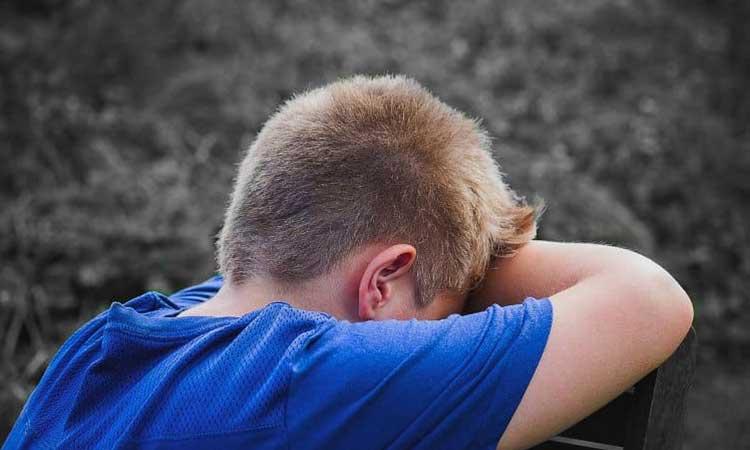Traumatic brain injury may lead to reduced brain size in some children and teenagers, which can be linked to cognitive problems, a new study has shown.
People who experience a serious blow to the head can suffer brain injury resulting in long-term cognitive problems such as difficulties with memory, concentration and solving problems.
While the problem has been studied in adults, it is harder in children and teenagers because their brains are growing and changing so rapidly.
In the new study, researchers at Imperial College London and Great Ormond Street Hospital collated detailed measurements of children's brains that are developing normally and used these as a guide to help spot any differences with children who have suffered a moderate or severe brain injury.
Also read | Adding salt to your food at table may raise your risk of death: Study
They discovered that injury can result in some children's brain volumes being smaller than expected and found that this can be linked to learning and behavioural problems. Their findings are published in the journal Brain.
"The effects of head injuries are complicated and vary from person to person. If we can get to a point where precision analysis of scans assists in routine clinical management, that could help us identify why some children and young people are at risk of learning or behavioural difficulties and provide them with additional support or rehabilitation,” said Professor David Sharp, from the Imperial's Department of Brain Sciences.
"This is really important as difficulties experienced by young people can have lasting impacts on their education and subsequent opportunities in adult life."
The researchers used MRI scans to make detailed measurements of the brains of more than 1,200 healthy children and young people aged from 8 to 22 years, enabling them to understand the normal growth and development of different areas of the brain.
They compared these with brain scans taken of a group of 39 teenagers, aged between 12 and 16 years, who had suffered a moderate or severe brain injury in the previous months or years.
Among the 39 teenagers with brain injury, 11 had a reduced volume in at least one area of white matter in their brain and seven had a reduced volume in at least one area of gray matter in their brain.
White matter is made up of the "wiring" that connects different parts of the brain, while gray matter is made up of cell bodies where information is processed and thinking takes place.
Also read | The Eid fashion edit
They also found that those teenagers who had relatively smaller brain volume also had issues such as slower mental processing speed, learning difficulties, higher levels of depression, apathy and anger compared to the group of healthy children.
Among some children without low brain volume, they or their parents reported difficulties in everyday functioning, highlighting the challenges of addressing the needs of children following an injury.


















